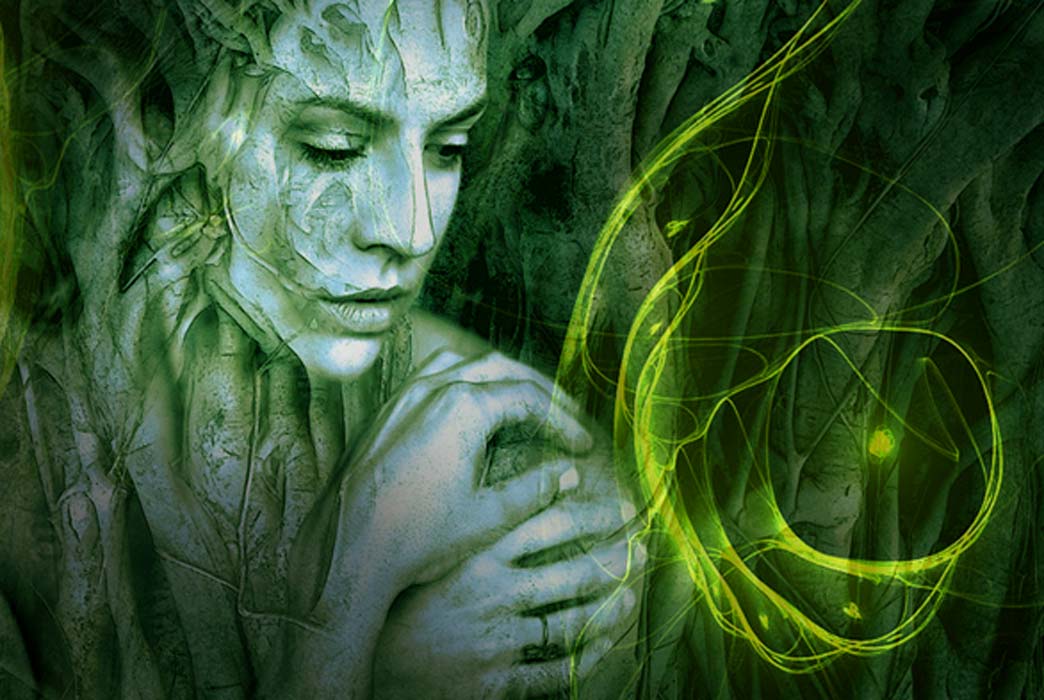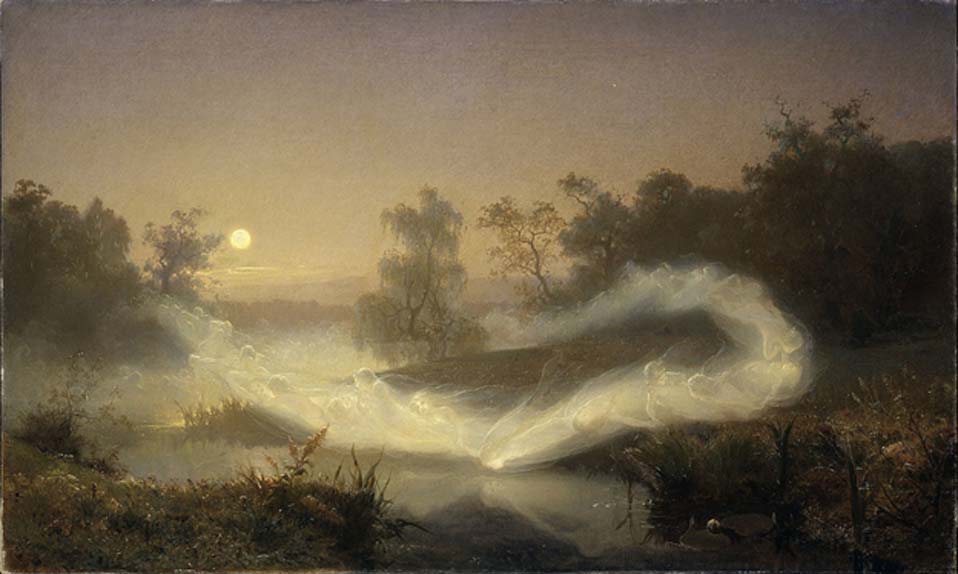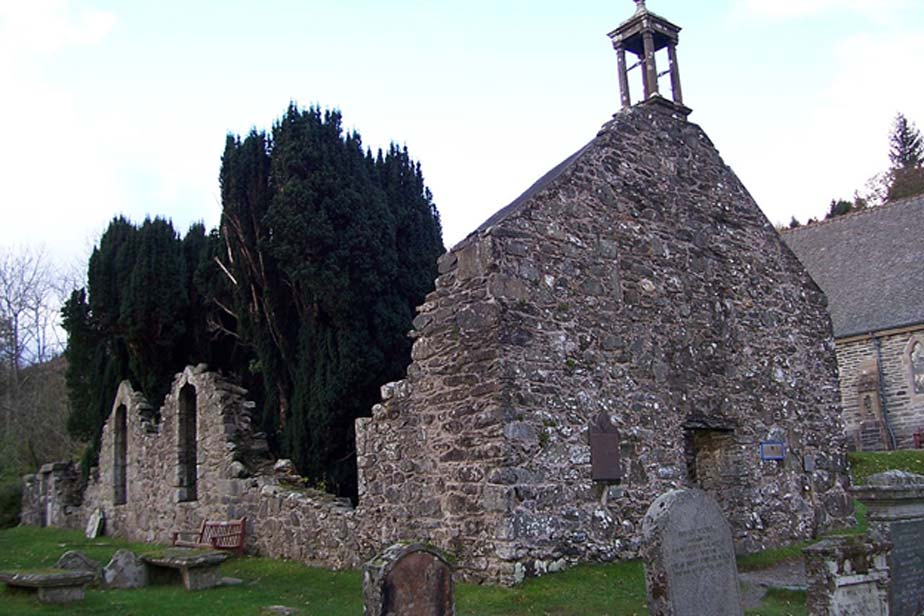
Do you have the Second Sight? Finding Fairies & The Secret Commonwealth of Robert Kirk
The tale of the Rev. Robert Kirk and his Secret Commonwealth of Elves, Fauns and Faeries is very peculiar. When read carefully, the text of his 1691 manuscript describing the faeries of Aberfoyle, Scotland gives many clues as to the reality of what he calls the Subterraneans, and how people were able to perceive them and interact with them.
Much of the discussion in his text centers around people with the 'second sight', An Dà Shealladh in Gaelic, and their ability to sense the faerie world, which was apparently occupying the same space as consensus reality, but would only interact with it under special circumstances.

August Malmström - Dancing Faeries (1866) (Public Domain)
So, who was Robert Kirk, why was he writing about supernatural races on earth at the end of the 17th century, and what happened to him?
The Strange Fate of Robert Kirk
Kirk was the church minister at Aberfoyle in the southern Highlands of Scotland from 1685 to his death at age 48 in 1692. He was also (apparently) the seventh son of a seventh son— a sure sign that he should be carrying the requisite clairvoyance in his genetic makeup, though the text of the manuscript retains an ambiguity as to whether Kirk considered himself to have the second sight, or whether all his information came from other sources.
A year after penning The Secret Commonwealth, his body was found on the Faerie Knowe (Doon Hill) at Aberfoyle, a hill he frequented often in life, perhaps to consort with the faeries whose customs he describes in the book. His will is dated a day before his death, and the folklorist, himself immediately became the subject of folklore, as the rumor spread that he'd been abducted by the faeries for giving away too many of their secrets in his manuscript.

Kirk was minister at Balquhidder church until 1685. (Public Domain)




